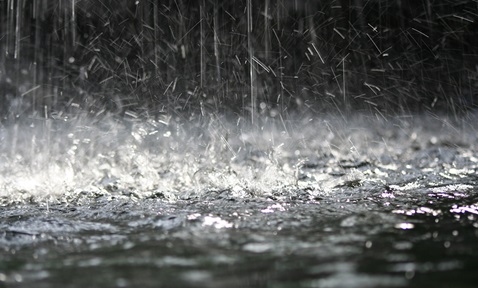
Sustainable Soil Moisture Control Using Nanogels
Synopsis
Climate change is adversely impacting plant health and crop yields globally, with soil water repellence exacerbating these issues. This invention introduces a nanogel formulation that controls water retention and releases nutrients, effectively converting dry land into productive soil. Tested on horticultural plants, this technology is easily scalable, enabling improvements in soil conditions and crop productivity.
Opportunity
As climate change causes rising temperatures and unpredictable droughts, the resulting environmental degradation and poor soil conditions negatively impact plant health and nutrition, ultimately affecting crop harvests and the global food chain. In Singapore, these changes threaten city's greenery, carbon sequestration efforts, and aesthetically pleasing landscapes. Enhancing soil conditions and plant resilience is crucial to combat these issues and improve greening outcomes and land yield. Soil water repellence, which prevents water from penetrating the soil, leads to rapid evaporation and reduced plant growth. This issue is particularly severe on sloping terrains, where water runoff causes soil compaction and disease. Soil water repellence also affects the hydrological and geomorphological properties of soil - which reduces infiltration capacity, accelerates soil erosion, causes uneven wetting patterns, induces flow, and accelerates the leaching of agrichemicals.
Technology
This technology introduces a specifically engineered nanogel formulation designed to control water retention and release in dry soils. The nanogel formulation can absorb water-soluble nutrients and release them when needed, improving reclaimed land and converting dry land into productive soil for crop cultivation. The formulation can be tuned with varying retention capabilities based on underlying soil conditions and has been extensively tested on different plant species.
Applications & Advantages
Main application areas include agriculture and horticulture. The technology can also be used on reclaimed land and urban landscaping.
Advantages:
- Easily scalable fabrication method using Generally Recognised as Safe (GRAS) materials
- Controls water retention and release in dry soils
- Efficient uptake and release of water-soluble nutrients
- Converts dry and reclaimed land into productive soil that supports crop cultivation
- Tailored retention capabilities for different soil conditions and plant species














/enri-thumbnails/careeropportunities1f0caf1c-a12d-479c-be7c-3c04e085c617.tmb-mega-menu.jpg?Culture=en&sfvrsn=d7261e3b_1)

/cradle-thumbnails/research-capabilities1516d0ba63aa44f0b4ee77a8c05263b2.tmb-mega-menu.jpg?Culture=en&sfvrsn=1bc94f8_1)

7e6fdc03-9018-4d08-9a98-8a21acbc37ba.tmb-mega-menu.jpg?Culture=en&sfvrsn=7deaf618_1)












